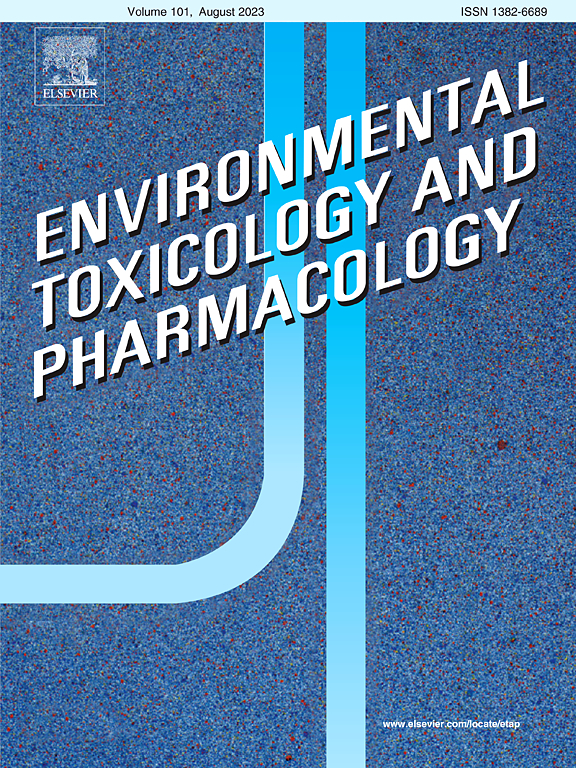Quang HH, Dinh DA, Dutta V, Chauhan A, Lahiri SK, Gopalakrishnan C, Radhakrishnan A, Batoo KM, Thi LA. Current approaches, and challenges on identification, remediation and potential risks of emerging plastic contaminants: A review. Environmental Toxicology and Pharmacology. 2023 Jun 20:104193. https://doi.org/10.1016/j.etap.2023.104193
Abstract
Plastics are widely employed in modern civilization because of their durability, mold ability, and light weight. In the recent decade, micro/nanoplastics research has steadily increased, highlighting its relevance. However, contaminating micro/nanoplastics in marine environments, terrestrial ecosystems, and biological organisms is considered a severe threat to the environmental system. Geographical distribution, migration patterns, etymologies of formation, and ecological ramifications of absorption are just a few topics covered in the scientific literature on environmental issues. Degradable solutions from material science and chemistry are needed to address the micro/nanoplastics problem, primarily to reduce the production of these pollutants and their potential effects. Removing micro/nanoplastics from their discharge points has been a central and effective way to mitigate the adverse pollution effects. In this review, we begin by discussing the hazardous effect on living beings and the identification-characterization of micro/nanoplastics. Then, we provide a summary of the existing degradation strategies, which include bio-degradation and advanced oxidation processes (AOPs), and a detailed discussion of their degradation mechanisms is also represented. Finally, a persuasive summary of the evaluated work and projections for the future of this topic is provided.

